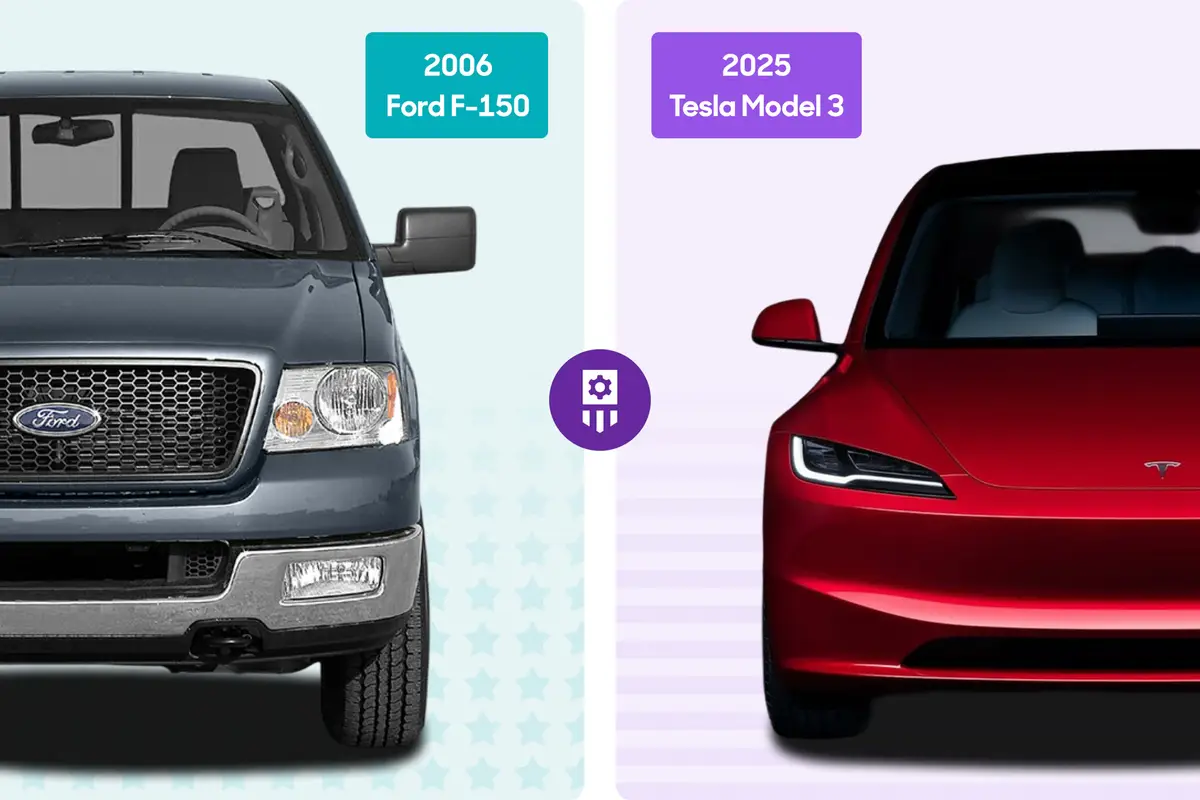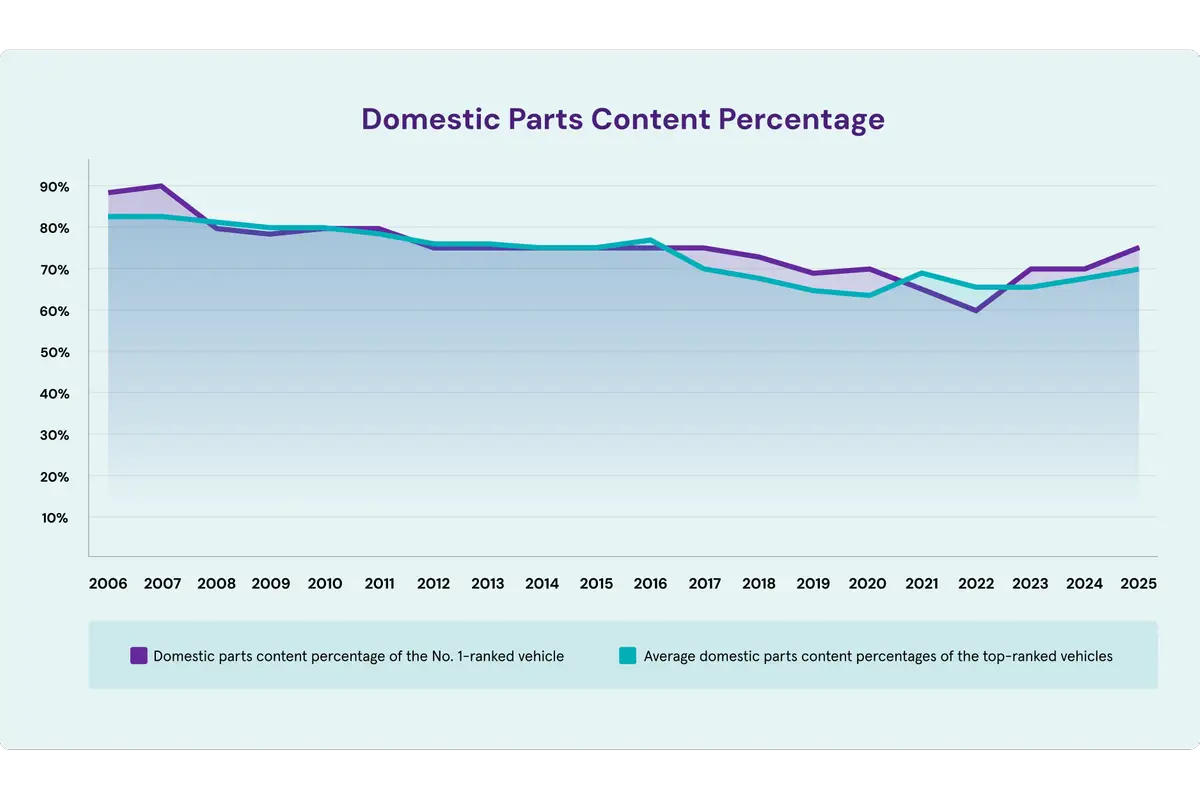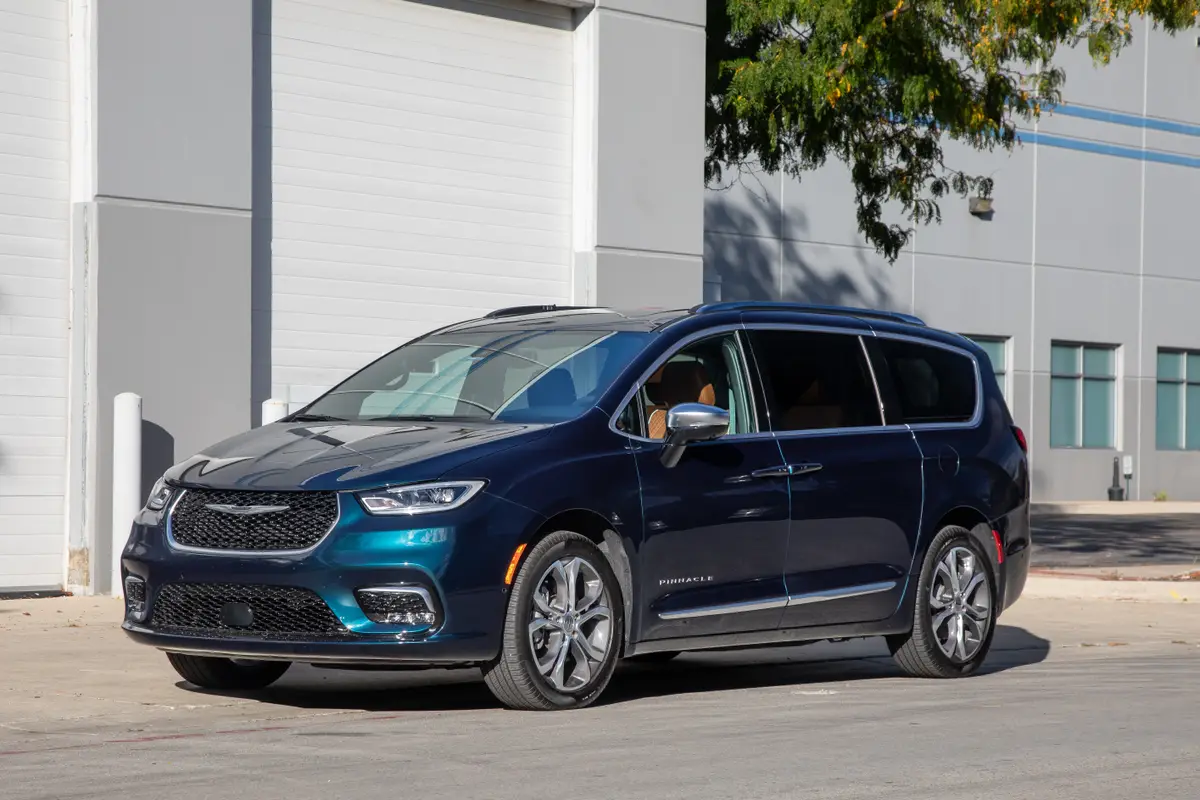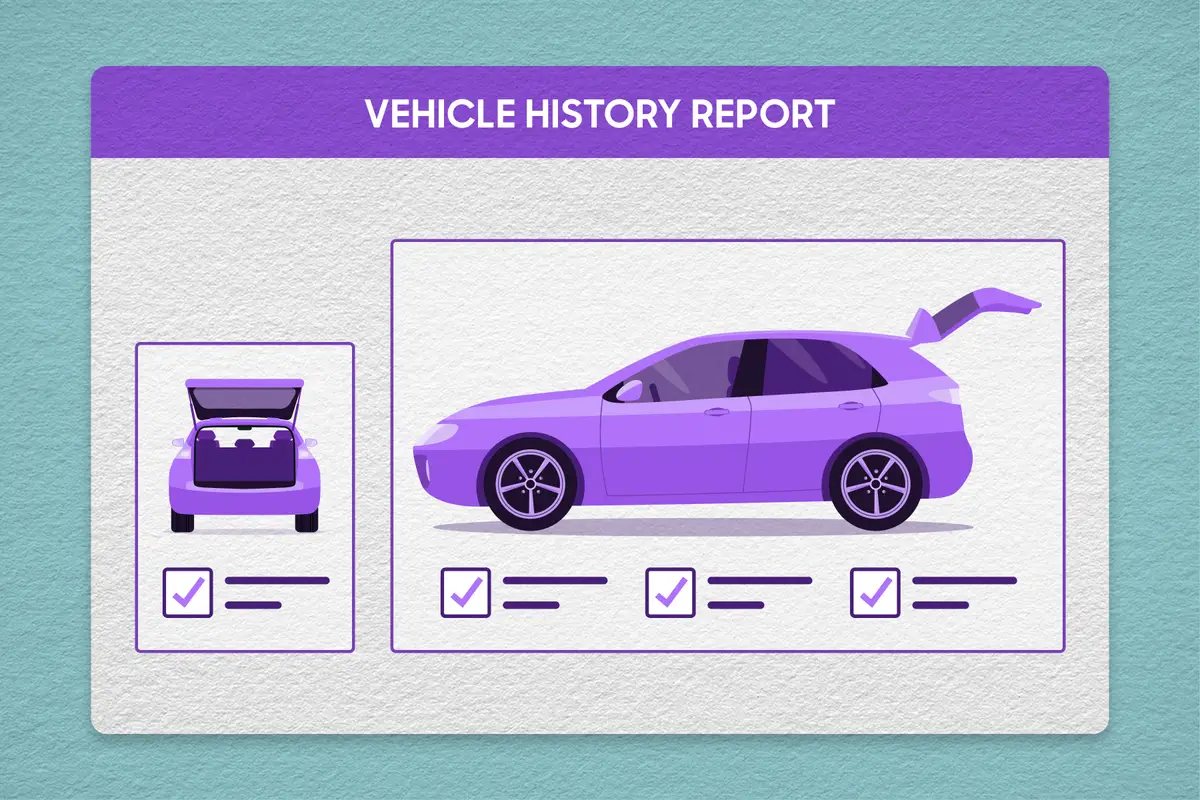20 Years of Cars.com’s American-Made Index


Cars.com has been producing the American-Made Index for 20 years as of 2025, and the milestone offers us a prime opportunity to reflect not just on how the index itself has changed, but also on how U.S. automotive manufacturing has shifted over the years.
Related: 2025 Cars.com American-Made Index: Which Cars Are the Most American?
How the AMI Has Changed
When Cars.com unveiled the first AMI in June 2006, the data were using vehicle sales and domestic parts content as the sole factors, which was sufficient math to establish the groundwork for the more intricate calculations to follow in subsequent months (the AMI was initially conducted biannually) and, eventually, years.
It got to a point where the old methodology just wasn’t robust enough to account for the intricacies of automotive manufacturing, so a radical overhaul of the scoring occurred for 2017, which introduced a new way of looking at the data: In addition to location of final assembly and domestic parts content percentages, we dug deeper to see the countries of origin for engines and transmissions. We also added a manufacturing workforce score to account for the hundreds of thousands of people giving their livelihoods over to getting cars built.
Those five pillars have carried the index ever since, though the last major change in 2020 saw us expand the results to show all of our work for the vehicles that qualify, not just the top 10 or 15. Though that level of visibility is demanding on the front end, the importance of being able to see how vehicles rise or fall shouldn’t be underestimated; it gives some idea of how much fluctuation there is in the auto industry.
Related Video:
How Results Have Changed in 20 Years
Like the rest of our website, the list looked and functioned differently in 2006 — though Ford’s F-Series and Chevrolet’s Silverado nameplates continue to grace the index, they’re split up by nameplate and powertrain more thoroughly; there’s a possibility you’re reading this with a recently acquired driver’s license and weren’t even alive the last time a Camry Solara rolled off Toyota assembly lines; we no longer allow heavy-duty vehicles like the Ford E-Series to qualify; the Pontiac, Saturn and Hummer brands (though it’s been long enough that GMC brought back the Hummer name for 2023) no longer exist.
Even beyond the elemental changes, though, it’s that U.S./Canadian parts content percentage that merits further investigation. When the first AMI came out, the F-Series (which included the F-150 through F-550 Super Duty) was the top-ranked nameplate, and its parts content percentage was 85%; two decades on, the 2025 Tesla Model 3 features parts content percentages of 70% or 75%, variant depending, and that’s on the high end. It’s also interesting to note that the vehicles ranked at the top of the index in those years did not have the highest parts content percentages — in ‘06, the E-Series had 95% USCPC, while the highest for ‘25 is the Kia EV6 at 80%.

Another way of cutting this data is by looking at the averages of the top 10 qualifying vehicles. In 2006, the average domestic parts content percentage was 83.4%; in 2025, that figure is 70.28% — though it bears mentioning the latter stat is the third consecutive year where the top 10’s average increased, and it’s the first time since 2016, the last year of the first methodology, where the top 10 averaged over 70%. (It also bears mentioning that these aren’t strictly equivalent stats given how the methodology has changed.)
Regardless of methodology, the message should be clear: Manufacturing a vehicle is a complex process involving automakers and their numerous suppliers sourcing materials from all over the world, and the larger the company, the more complicated that supply chain. No matter the political climate or business environment (or rules around the AMI, for that matter), no vehicle has been 100% domestic parts content for as long as the index has existed, and though those percentages seem to be rising ever so slightly again, it’s a long and difficult process to make strides in that direction. Perhaps we won’t be saying the same thing in another 20 years, but you’ll have to check back in then to see for sure. Set your alarms.
More From Cars.com:
- More on Cars.com’s American-Made Index
- Which Cars Are Made Outside the U.S.?
- 2024 Cars.com American-Made Index: Which Cars Are the Most American?
- How to Buy a Car, According to Cars.com Experts
- What to Know Before Purchasing an Electric Vehicle: A Buying Guide
Cars.com’s Editorial department is your source for automotive news and reviews. In line with Cars.com’s long-standing ethics policy, editors and reviewers don’t accept gifts or free trips from automakers. The Editorial department is independent of Cars.com’s advertising, sales and sponsored content departments.

Patrick Masterson is Chief Copy Editor at Cars.com. He joined the automotive industry in 2016 as a lifelong car enthusiast and has achieved the rare feat of applying his journalism and media arts degrees as a writer, fact-checker, proofreader and editor his entire professional career. He lives by an in-house version of the AP stylebook and knows where semicolons can go.
Featured stories




